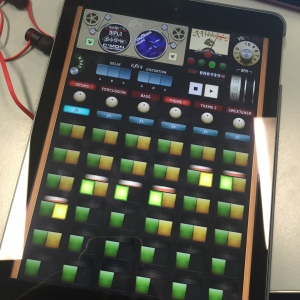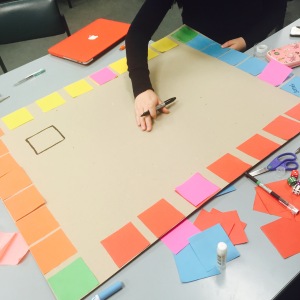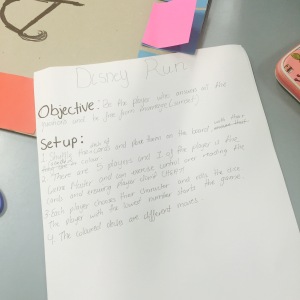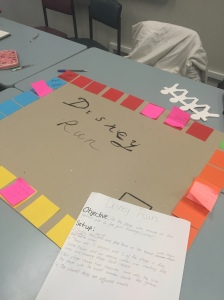https://www.youtube.com/watch?v=r2LnT6v0lrQ
In week 9 lecture, we learnt about networked leaning, which refers to learning in which it is used to promote connection, between one learner and other learners, between learners and tutors, between a learning community and its learning resources. there’s another key concept we should be aware of, which is the connected learning, connected learning lead to 3 crucial contexts for leaning, peer supported, interest powered and academically oriented. There’s a example to support this concept in one of the reading, a 17 year old aspiring screenwriter called Clarissa had shared her interests in a community, her out of school engagement showed a connected learning.
In week 10, We had learnt about the technology inside and outside of classroom. From the video, Halverson believed that using technology tool is a civil right. Using digital divide is about technology practice, not technology access. The reading also outlined this is a new way to communicate with the rest of the world, ‘explore the literature on language and studies and 21st century skills. It also collaborative inquiry and content-creation activities also provide options for English learning student to use language and other modes of representation for authentic communication with peers, teachers, and other experts that they may encounter in their research and explorations. For educators, this could be a significant lesson, to change the traditional class room. I believed that this course gave us develop our understanding about teaching and technology. After 10 weeks, I had experienced a new structure of studying.
Reference
Ito, M., et al. (2013). Connected learning: An agenda for research and design. Irvine, CA: Digital Media and Learning Research Hub.
Black, R. W. (2009). English language learners, fan communities, and 21st-centuries skills. Journal of Adolescent & Adult Literacy, 52(8), 688–697. Access http://opac.library.usyd.edu.au/search~S4?/redgu1002/redgu1002/1,1,1,B/frameset~4977953&FF=redgu1002&1,1,



